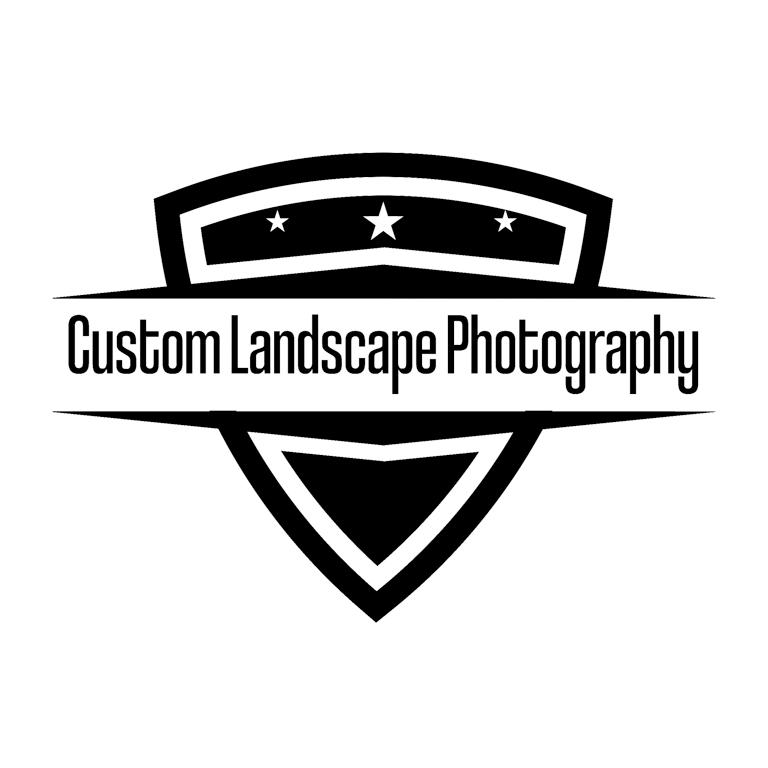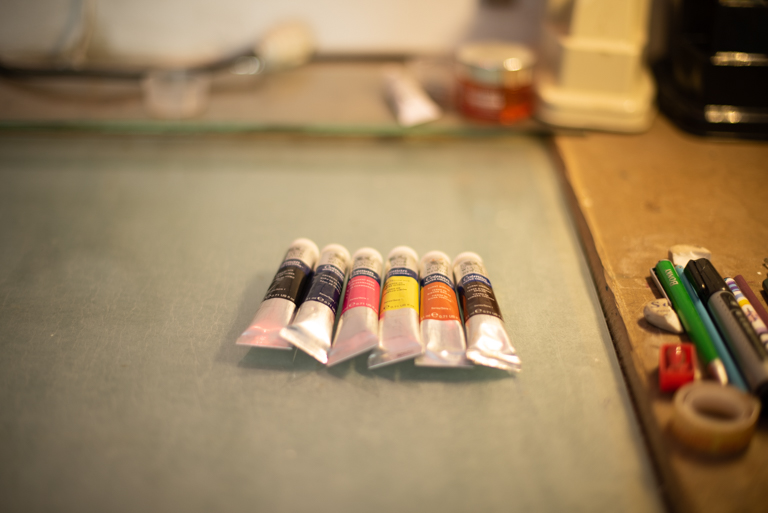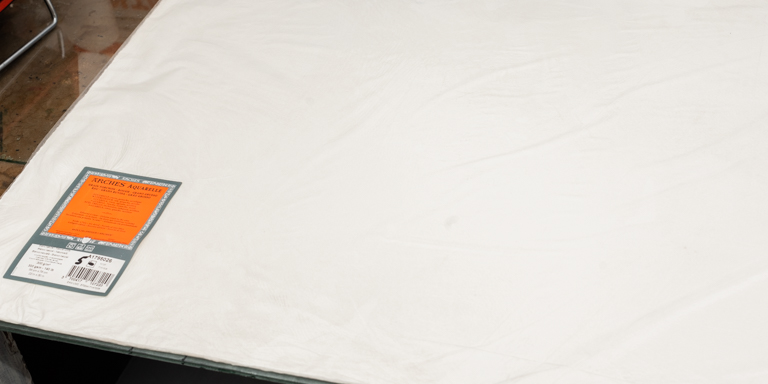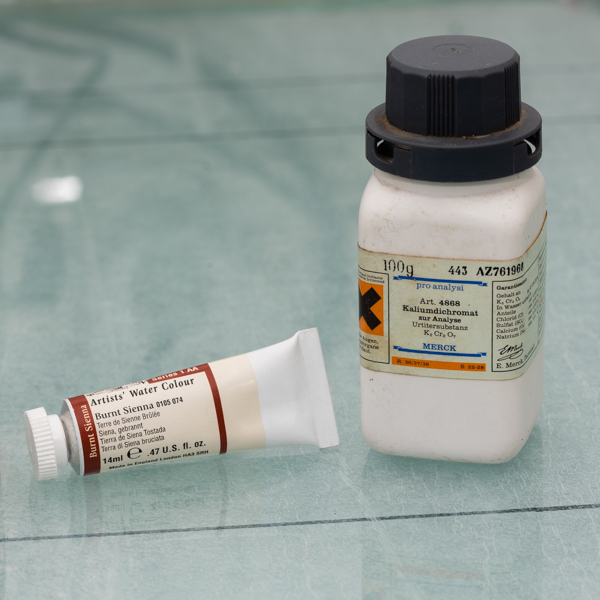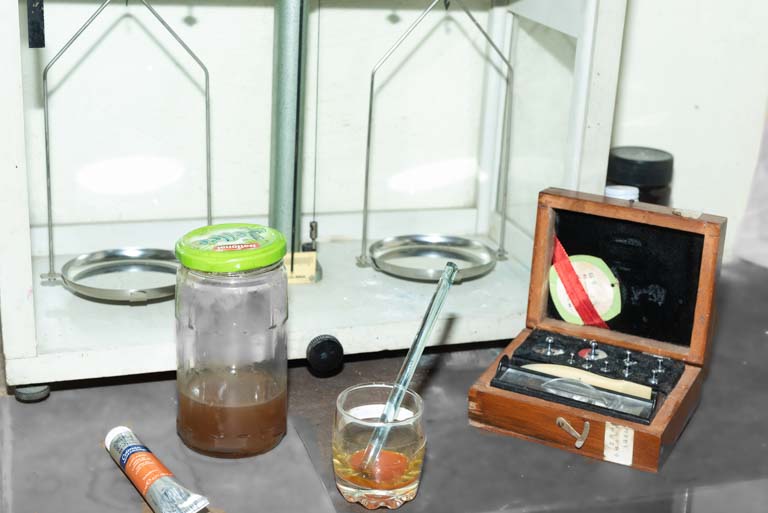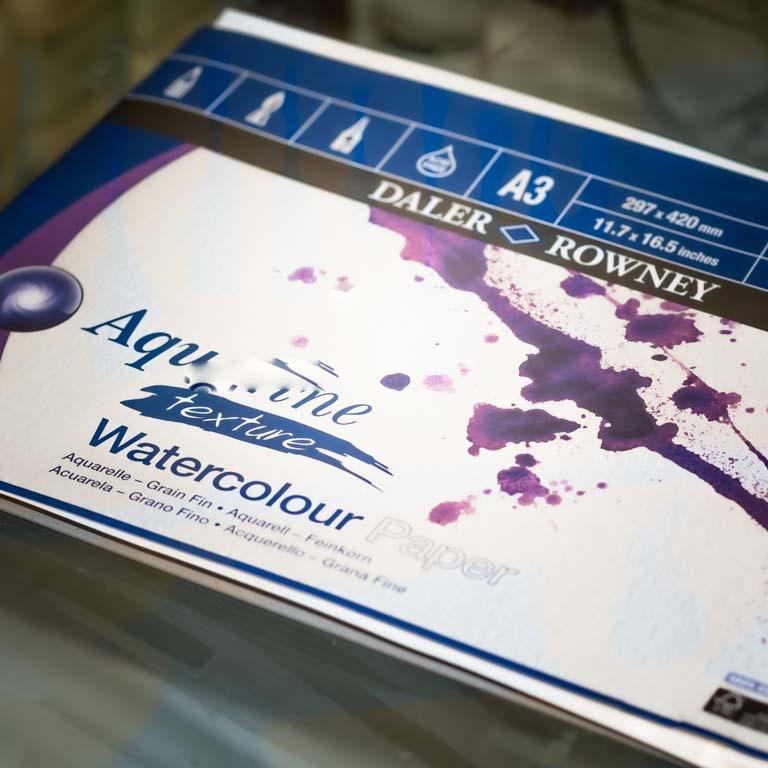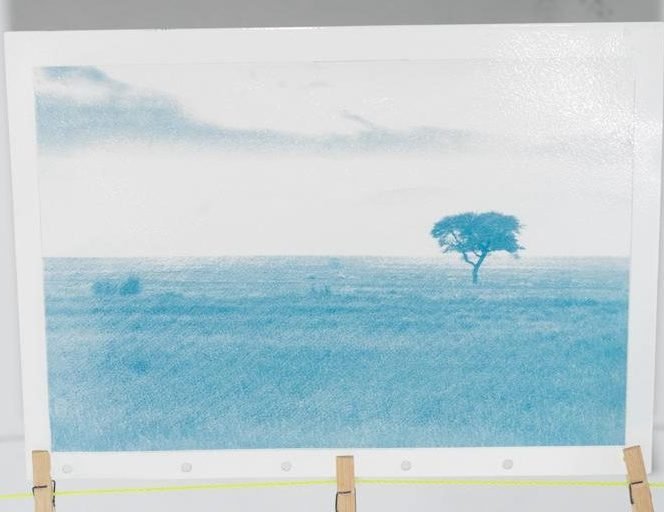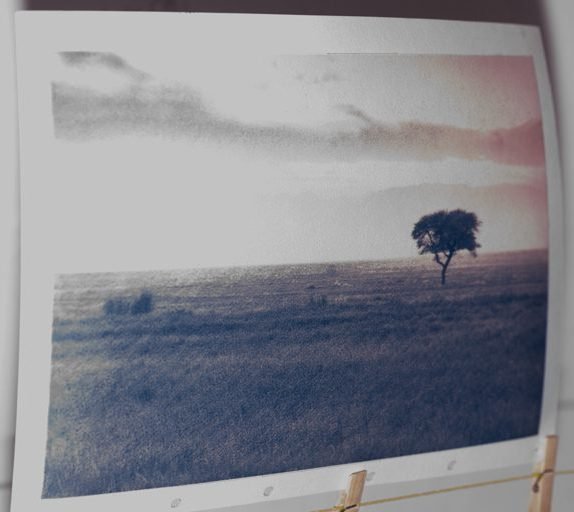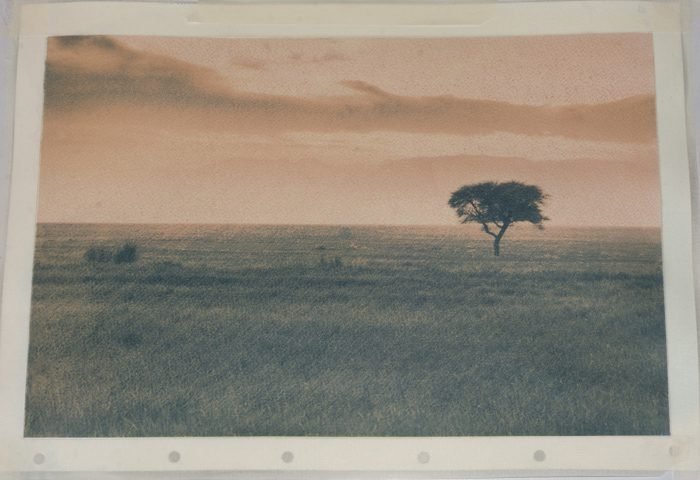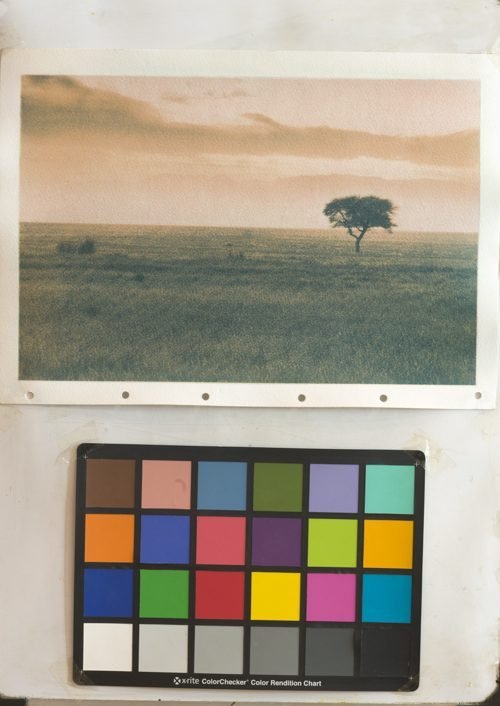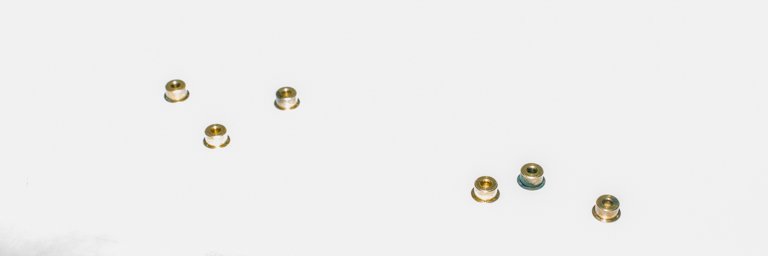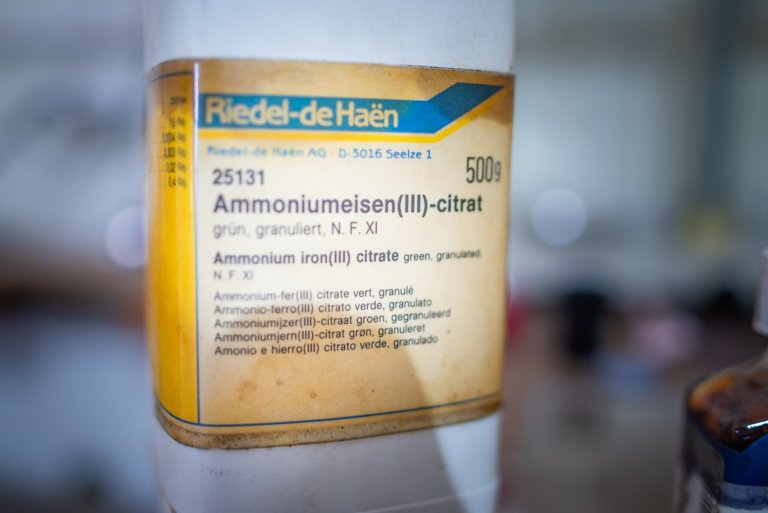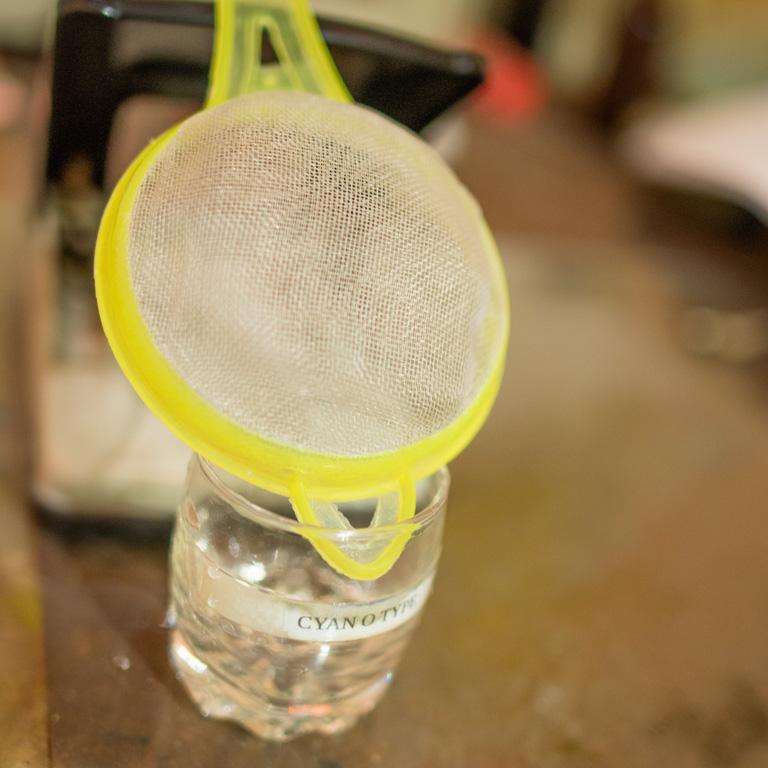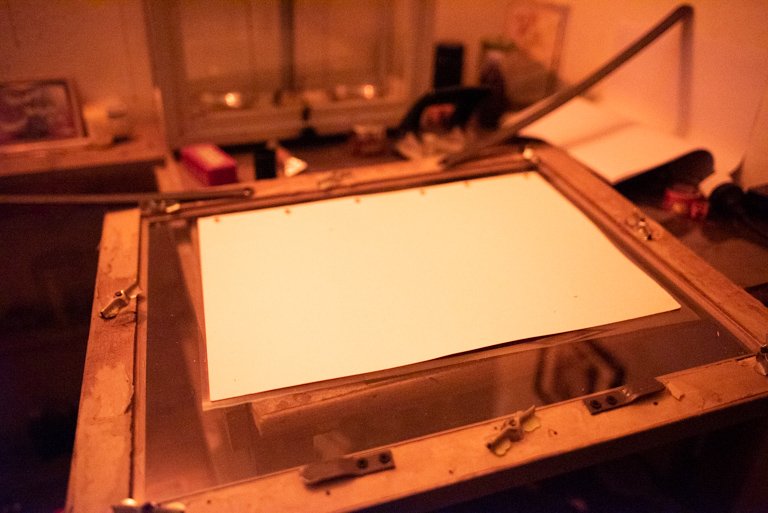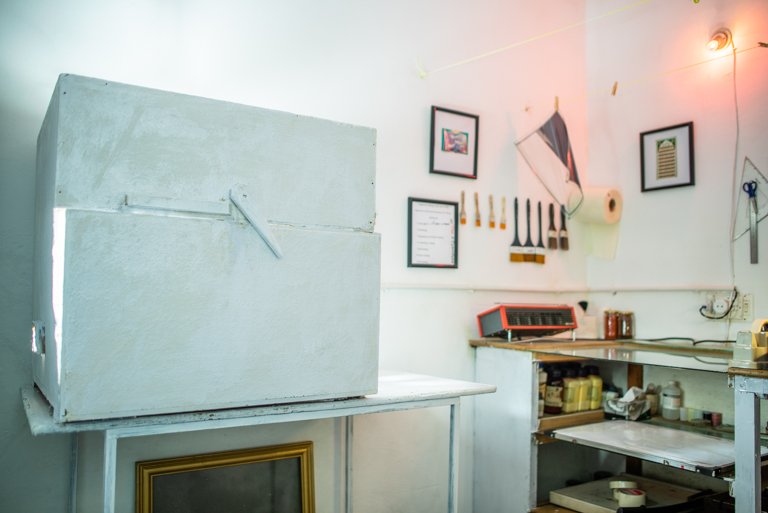Philosophy : " Painting The Light "
My philosophy is simple: ” I wish to paint Light like a Watercolor painting”.
The Gum Bichromate Printing gives me the elementary control to play with “The Light and the Watercolors”.
I shall describe my philosophy about the “Painting of the Light” in this article so that I can explain the concept of the gum bichromate print as easier for a general reader. This phenomenon is not common. And usually it is not in the knowledge of a common person. Even in the art world, a great number of people are unaware of this wonderful photographic print.
Whenever I see a watercolor painting of a landscape or a portrait, it gives me a soothing feel. Watercolor paintings have a very pleasing look. They have a different feel, a different comeliness.
But analogically, this is not a painting, philosophically speaking, it is an old photographic art of the nineteenth century, that is in between painting and photography.
The Gum Bichromate has the choice of watercolor paper as a media with a variety of textures. It has a choice of a vast range of watercolor pigments that can make it a more vibrant option in visual arts.
As the technology has advanced now and making high quality negative for the old alternative photographic process like the gum bichromate print is easier, this is the time to promote this extra ordinary historical fine art process.
Painting a Photograph
As I elaborate on the gum bichromate print’s philosophy that being a photographer, I primarily remain a student of Light. Trying to learn and understand the moods that light creates. And how it generates the emotional effect of the scenes subjectively.
Also, my interest is in the study of optics like lenses and their behaviour for the perspective. Similarly, the photo densitometry of the film and now the digital camera sensors prevailed as my favorite subjects.
So painting my fine art photograph with a brush on a watercolor substrate is extremely interesting.
I shall discuss the gum bichromate print, and its relationship between the photography and the painting below.
Some Background
In 1998, I read an article in a photography magazine about gum bichromate printing. I searched later and found that it is an old 19th century photographic process which inhabited the gum arabic as a vehicle, the watercolor pigments as the material, the watercolor paper as a substrate and dichromate salts as the photosensitive agent to make photographic images. The interesting thing is that it removed dichromate salts during the development and it left the paper only with the watercolors and gum arabic as an image. Watercolor painters used gum arabic as a vehicle for watercolor paintings. So while practicing gum printing, all the materials used are of watercolor artist’s yet it is a photographic printing process.
Means of Expression
*Precaution!!! Use Goggles, gloves and mask while handling Chemicals.
Melting Raw Gum Arabic
I use my dilution of Gum Arabic for the desired viscosity. Stirring the watercolor pigment with the gum and the dichromate solution well will give a fine paste that can be coated later on the watercolor paper. I measure these ingredients for precise results.
Gum prints ability in Color
Unlike any other alternative photographic process other than carbon, Gum Bichromate can make color prints using separation negatives.
The exuberance of blending three or more watercolor pigments to achieve a handmade color picture is beyond description.
Then there is a feeling of free control over the layers. Add anything you want to persuade your creativity.
So this is for the Joy, and this is for the fun.
Science of the Gum printing
It is often said that art is a means of expression. This is a very simple philosophy. But unless you touch the emotions and feel the genuine sentiments, it is not complete. How that inner feeling can transform as a means of expression which an artist sees and feels?
This is the question.
The feeling you have with which you can generate a specific art into any means of expression is the ultimate finding of creativity.
Gum print, if practiced, scientifically gives predictable results. From watercolor and gum weight measurement to water temperature and exposure time, all controls need a precision and scientific approach.
Truly eminent artists discipline their craft so that they can achieve what is in their creative imagination. The simple philosophy is that they are not stuck in an unpredictability of their work. They need full control of their art to achieve what they really desire.
The Craft
Scientific precision is key to better control of craftsmanship.
Gelatine & formaldehyde
Although watercolor paper has a sizing from the factory, many artists size the paper according to their needs and choices. I used gelatin for sizing watercolor paper. After many experiments, I found 2.5% solution as the best. Formalin is an excellent hardener.
Analogical Transformation of the Art
Throughout history, talented artists use mathematical precisions to refine their art.
And this consistency is the basic philosophy of gum bichromate photography.
So this precision is important, especially in the darkroom. And because of this, I used this analogy for the control of the printing.
The print maker should be as accurate and precise in practicing brush, colors, exposure, development and in using the chemical formulas.
Gum Bichromate Print of the Afghan kid
I was standing in my studio showroom when a small street Afghan kid asked me, What is this shop for? Although he was five or six years old, he was cleverly street smart.
And instead of going to school, he was working, collecting paper and plastic in a sack. He did, but had a pronounced level of self-confidence. I replied it is a photo shop. He jubilantly said then take my picture. I asked him,
OK, I shall make your picture and tell him to go to the studio. As he went inside the studio, he quickly sat on the Victorian chair as if he was exhausted and has not sat for quite a long time.
I took his photograph in the window light and made a small color inkjet print normal as it should be for his liking. Which he took a few days later.
The Facial Expression
But the expression of curiosity and trying to pose stylishly really fascinated me to make a dark monotone gum bichromate print.
In which the expressions reflects on the boy’s face.
And his impressions dominate. While photographing, I tried to hide the surroundings and illuminating his face with the window light.
The two different expressions on his face simultaneously were eccentric to make this contrast dark monotone gum print. So this is for the expression which is the actually dominating the scene.
The Curiosity- (Philosophy of the gum print)
Can I focus on this curious but confident expression on his face? Like impressionist painting light as a form only. Making a gum print for me is not only self-expression, but there are other hidden values and creative thinking about as well.
Philosophy of the gum bichromate as a photographer and as a print Maker
It is my understanding that any art in which new creative innovation declines, obsoletes with time.
The same is the case with today’s professional photography.
If we go back in time, this happens to the professional painting of the early and mid-nineteenth century.
As photography originates and becomes a profession in the nineteenth century, the realistic painting lost its value.
Although the craftsmanship and neatness in the realistic-looking painting of that era was at its peak.
The then newly invented science of photography played a major role in the declining of the realistic professional painting of the nineteenth century.
So great creative artists of that time originated a new era in painting, which is The Impressionism.
Learning from the History
Today, professional photography is facing the same challenges which professional painting was facing in the early and mid-nineteenth century. As digital image becomes the norm in the internet’s world and social media. So is the appearance and improvement of mobile phone cameras and home and office inkjet photo printers. These factors are generalizing the image and the picture. The Image is losing its value. No matter how creative or hard work you have done to achieve one excellent photograph, at the end of today’s world, it is nothing but another image.
The Inspiration "Revival of the Darkroom"
This is my thinking you may or may not agree, but this is how I am seeing it. And this is for the new age of the professional still photography.
“To signify your image”
It’s time to shift into something contemporary and creative in which fresh human thought can give a new turn to this old art with a blend of the digital negative.
Taking control of the digital image.
This is for the camera and the modern editing tools.
Because of the capability of digital photography, and so that, by manoeuvring the new technology for any old process like silver gelatine, platinum, carbon, vandyke, gum bichromate, etc for a precious print.
This simply implies to the professional digital photography of today, which can make a capable digital negative. A picture creatively taken and edited to transform into a handmade print is definitely a different direction to find one’s creative imagination. But like other wall hangings, a photograph framed and displayed has its own value and appreciation for the viewer who admires these visual arts.
So this is my philosophy about the painting the light.
To understand the historic photographic processes, I highly recommend
